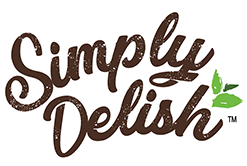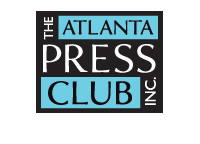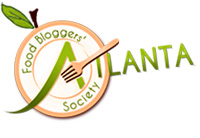There are two paths to consider when creating a gluten-free menu: providing a separate menu, or ‘marking up’ the regular menu. I am a fan of creating a separate gluten-free menu because it instills a level of confidence in the gluten-free diner and it makes ordering much easier. Marking up a menu can lead to confusion during the order process if it isn’t done correctly. Once you have decided what type of gluten-free menu to offer, you need to know what information should be on it and here is where my tips come in handy.
Here are my top tips on creating a separate gluten-free menu:
- Only include items on a gluten-free menu that have safe ingredients and safe handling procedures. Seasonal dishes or specials can be addressed separately, but the core items on the menu should always be gluten free without any replacements necessary.
- Include item descriptions. I can’t tell you how many times I have run across a gluten-free menu that only has dish names, but not a thorough description of what is included with the dish. This leaves customers with no choice but to read the regular menu to learn about an item, which extends the order process.
- Include pricing – for the same reasons above, be sure to include pricing for each item, so customers don’t have to cross reference the regular menu.
- Train staff – every server and member of the kitchen staff should know what your gluten-free options are and be able to provide a description of how the dish is prepared. Having a gluten-free menu isn’t enough if staff doesn’t even know what gluten is and how to properly place an order.
- Include a disclaimer – The disclaimer should inform the diner that their gluten-free meal is prepared in a kitchen shared with wheat and cross contact can occur, etc.
Here are some do’s/don’t for marking up the regular menu:
- Don’t use a wheat shaft to denote gluten-free items. This is like saying these dishes have wheat, instead of these dishes are gluten free, which is counter intuitive.
- Do use a ‘gf’ or “GF” symbol next to each qualifying dish. These symbols are commonly used by many restaurants and help guide consumers through the menu quickly.
- Don’t list fried items as gluten free if there isn’t a dedicated fryer. Residue from the wheat-based products can attach to gluten-free ingredients when cooking and render it cross contaminated and unsafe.
- Do including ordering instructions if any part of the dish needs to be modified. For example, The Outback’s gluten-free menu lists ordering instructions in parentheses next to an item. (i.e. vegetables should be ordered without seasoning).
- Do include up charges on the menu. If you are providing gluten-free bread, buns, pizza crust and there is an up charge, it should be included next to the item (gluten-free hamburger bun $1.50).
- Don’t be vague. If an item can be modified to be gluten free, then tell the diner how this will occur by using parenthesis. If the dish is served over pasta, indicate if it will come with gluten-free pasta, or if you are substituting another grain (i.e. gluten-free pasta, or substitute rice).
- Do include a disclaimer. The disclaimer should inform the diner that their gluten-free meal is prepared in a kitchen shared with wheat and cross contamination could occur, etc.
Gluten-free menus that are created with a thought process that includes the gluten-free diner will keep the order process seamless and help all staff ensure gluten-free orders delivered to the table are prepared safely.









